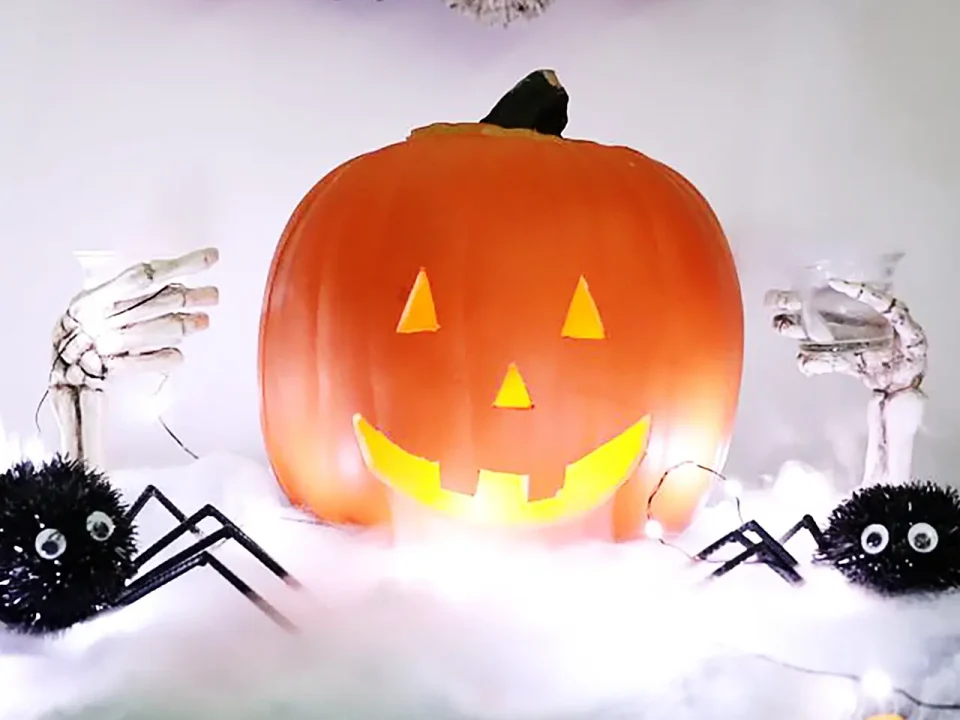Learning about space can be both exciting and daunting. The idea of space is so extraordinary that students will find awe in the concept but may also have difficulty grasping the idea of an entire universe outside of what we know here on earth. But with the science of dry ice, you can create elements of space right in front of your students’ eyes! Soar into space with a bang with this fun and engaging space experiment where you can make your own comet with dry ice.
Live comets are roughly the size of a small town — we’re glad they never make it to Earth! But in this experiment, you can simulate a miniature comet using dry ice, dirt, starch, and soda. By adding different elements such as light with a flashlight or heat with a hairdryer, students can see the effects of the sun and solar wind as a comet’s orbit brings it close to the sun. This provides students with a chance to make their own observations and learn more about matter and the different states in which it can be found. Thanks to the NASA Jet Propulsion Lab for the experiment — check out the instructions below or directly on their website here.
Safety tips for dry ice experiments
But first! Safety should always be the number one priority when handling dry ice. Before getting started on this space experiment, be sure to have these essential materials:
- Thick Gloves
- Eye Protection/Goggles (use when crushing dry ice)
- Insulated bin or container
When using an insulated bin to store your dry ice, it’s imperative to never seal it completely. Sealing the container with dry ice still inside will result in a buildup of pressure, leading to a potential explosion or a break in the container.
Once your space experiment has concluded, safely dispose of the dry ice in the sink and allow it time to continue sublimating all the way out. Now on to outer space!
What you’ll need
Safety materials (thick gloves, eye protection and an insulated bin)
Plenty of Penguin Brand Dry Ice (up to 5lbs.)
Rubber mallet or hammer
Large plastic bowl
Large plastic garbage bags
Silicone tongs/wooden utensils
Plastic tray
Warm water (at least 1 liter)
2 cups of dirt
1 tablespoon cornstarch
1 tablespoon dark corn syrup (or dark colored soda)
1 tablespoon rubbing alcohol
Flashlight
Hairdryer
Space comet experiment — step by step
- Crush your dry ice into “cubes” by placing a towel over the bag and hitting gently with your hammer. Remember to wear gloves and eyewear during this step!
- Line the bowl with a plastic bag and then add 1 liter of water, dirt, corn starch, corn syrup or dark soda, vinegar and rubbing alcohol. All of these represents the different elements of a comet.
- Mix these ingredients together and then add the dry ice. Be careful, as the mixture is sure to bubble, and tiny dry ice particles may even try to jump out of the bowl!
- Carefully (wearing all your safety gear) use the sides of the bag to mold the mixture into a ball-shaped clump. This may require more water and some patience, but you can do it!
- Remove your newly formed comet from the bowl! You should see gas jets coming off the comet. For added “jet” effects, have your students take turns holding flashlights and the hairdryer closer or farther away from your comet to demonstrate the sun and solar winds in space. Have fun!
For the experiment walk-through, data sheet and more, be sure to check out the NASA Jet Propulsion Lab page on this experiment found here.
Need dry ice for this experiment or others? Find a Penguin Brand Dry Ice retailer near you.
OUR ARCTICLES
Check our other top quality content .




